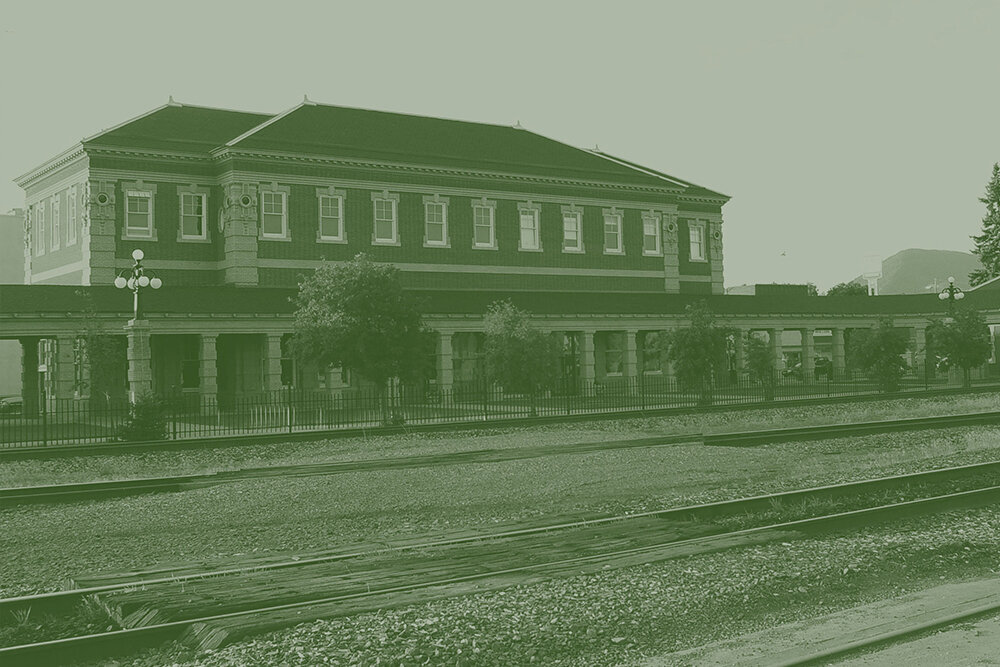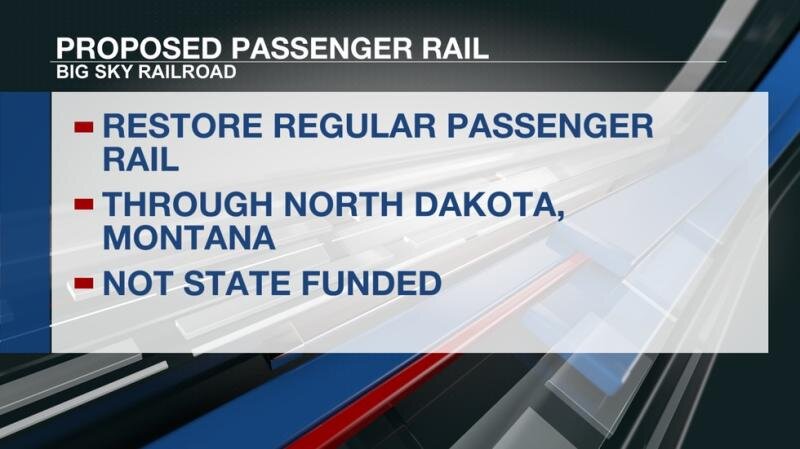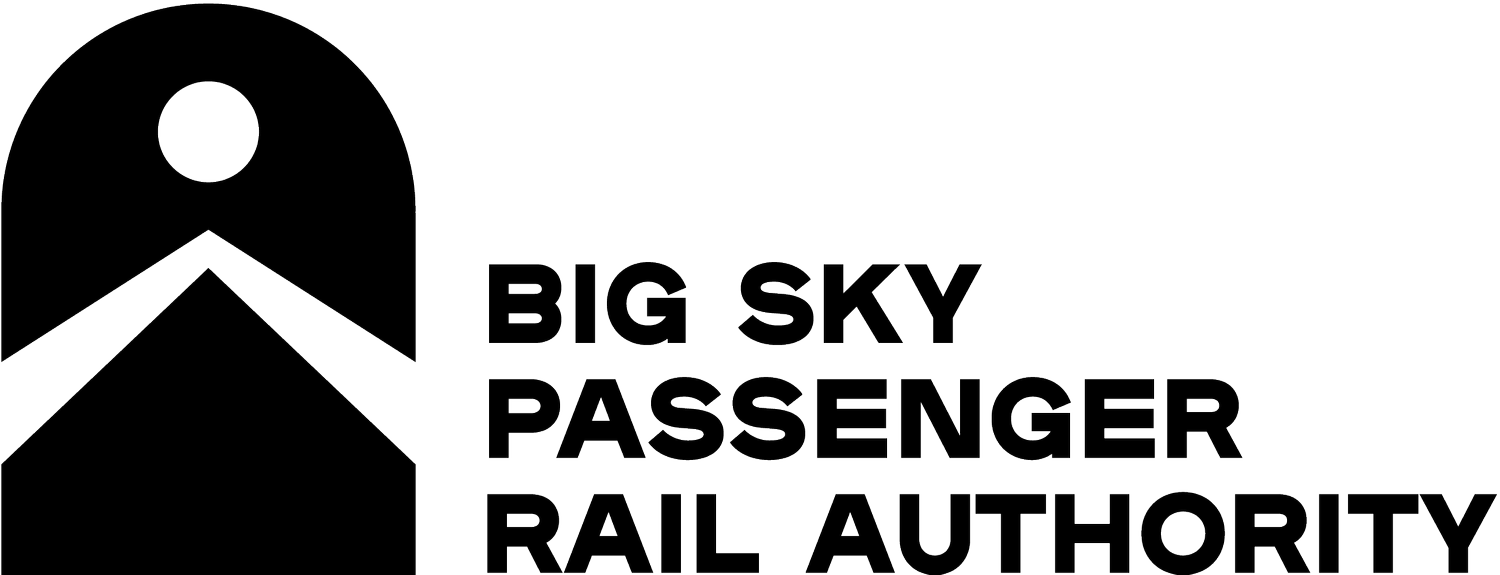
In The News
What others are saying about our efforts.

Restoration of passenger rail in southern Montana a possibility
The Big Sky Passenger Rail Authority is excited to announce that an amendment introduced and included in the Surface Transportation Investment Act of 2021, which passed out of the U.S. Senate Commerce Committee by a bipartisan 25-3 vote on Wednesday, may help pave the way for the restoration of the former North Coast Hiawatha passenger rail route through southern Montana along with other former passenger routes across the rural West. The bill with the attached amendment will now move to the full Senate for a vote as part of the broader Surface Transportation Reauthorization Act of 2021.

Big Sky Passenger Rail Authority honored nationally
Missoula County scored a national achievement award for their work to establish the Big Sky Passenger Rail Authority. The National Association of Counties honors, "innovative, effective county government programs that strengthen service for residents." Awards are given in 18 different categories. Missoula was recognized in the transportation category.
It's a huge win for County Commissioner, Dave Strohmaier, who spearheaded the authority.

National association recognizes Missoula County for southern passenger rail push
The National Association of Counties has recognized Missoula County for its innovation and leadership in getting the Big Sky Passenger Rail Authority up and running in a push to restore service to the state’s southern tier.

Full steam ahead
BoCo supports Big Sky Passenger Rail Authority’s effort to restore passenger rail in the rural West

Group hopes to bring back regular passenger train route through North Dakota
Last week, the Big Sky Passenger Rail Authority asked Morton county to come “aboard” in support of this request.

Montana rail organization grows to 13 counties
Carbon County joins organization to bring passenger service to southern Montana

Even God wouldn't get very far here without a car
When Diana Solle talks about traveling by train, it sounds like an adventure long ago. When Solle was still a child, it was with her grandmother; a long but leisurely journey from rural Montana towards the west coast. Solle, who is 76 years old today, fondly thinks back to it. She is Mayor of Deer Lodge in southwest Montana and has not sat on a train in decades.

From Portugal to New York, Montana’s southern passenger rail efforts draw attention
“Is this because folks are attracted to the idea of accessing the American West and our iconic Yellowstone National Park via rail? Is it because it’s a big undertaking spearheaded by grassroots local government?” he said. “Or is it because we’ve come together in a diverse collection of counties transcending geography, politics and ideology? I think it’s all of these.”
The article in Publico likely stemmed from the Times article, which also cited the Missoula Current. The Times article branded the president “Amtrak Joe” and noted the North Coast Hiawatha – the former Amtrak route that crossed southern Montana. It’s that very line which the Big Sky Passenger Rail Authority is looking to relaunch, providing passenger service to both rural Montana and the state’s largest cities.

O comboio na América rural está à espera do empurrão do “Amtrak Joe”
From Público in Portugual, an interview with Dave Strohmaier of Big Sky Passenger Rail Authority. Público interview with Dave Strohmaier

In Rural Montana, a Hope That Biden Will Reopen the Rails
For nearly a century, passenger trains rumbled at least three times weekly through this broad, grass-rich mountain valley in central Montana, home to more cattle than people, until Amtrak pulled the plug on the North Coast Hiawatha in 1979.
“Residents of the very rural parts of the state have to travel 175 miles to get on a plane or to seek medical services,” said David Strohmaier, a Missoula County commissioner who is one of those behind the newly formed Big Sky Passenger Rail Authority to raise money and lobby for a return to passenger rail in southern Montana. “Rural communities see it as an economic development opportunity but also as a social lifeline for residents who might not have any other means to travel long distances for necessities.”
